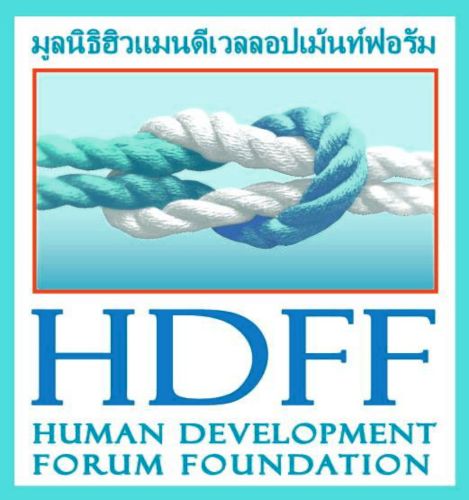 Emergency decree to be lifted in 5 districts
Emergency decree to be lifted in 5 districts
After a peak in the number of casualties resulting from the conflict in Thailand’s south in March 2013, the last two months have seen declining casualties. The peak was due to the start of peace negotiations between the Barisan Revolusi Nasional (BRN) group and Thailand’s government. The next round of peace talks is to be held on 13 June, just before the emergency decree is planned to be lifted and replaced by the less restrictive Internal Security Act in five districts after 19 June. 32 persons were killed and 51 injured in May 2013, compared to last year this corresponds to a 57% increase in the number of casualties.
Further school closures
28 schools were closed again in Narathiwat province the targeted attack on a headmaster in the province. When teachers wanted to reopen schools, worried parents insisted on keeping them closed in some locations. The shooting was the first directed at academic personnel since February.
Vehicle bomb attacks decline, but more civilian casualties
Following the declaration of peace negotiations in the end of February there was a sharp increase in the amount of vehicle bomb attacks in the three southern border provinces. Vehicle bombs caused many civilian casualties in March but although this trend has subsided, the number of casualties caused by improvised explosive devices (IED) remains above average. 50 % of attacks in May consisted of IED attacks and the amount of civilians killed or injured was the highest since 6 months. Over the previous two months, attacks had more intensively targeted military or police officials (59 % of victims in March and 72 % of victims in April). In May however, there were as many civilian casualties as military/police casualties. For all groups in the South, the morning continues to be the most dangerous time of day.

You can download the Security report here.

Comments are closed